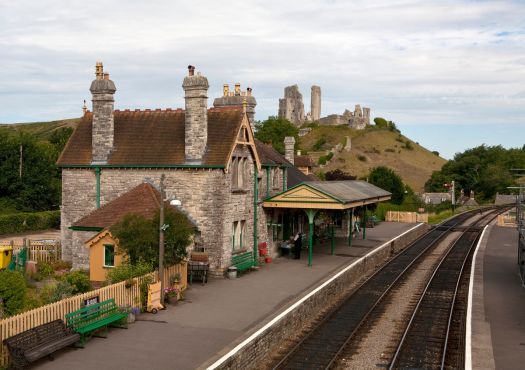
Best Villages: the best commuter villages in England
The village dream hasn’t died but, for many of us, the search has been refined to locate those pockets of England that are nestled in countryside, whilst being well-connected to urban life.


We romanticise quintessential English villages. They are bound up with our history, literature, and cultural identity. Legends, myths, the supernatural, tales of conflict, and accounts of battle swirl around these idyllic locations which are often measured on how untouched they appear to be and how many Listed buildings they boast. Of course, house hunters ready to make the leap out into the villages will (often) still look at amenities and commutability. Here are eight historic villages as handpicked by Strutt & Parker which act as a gateway into the centuries gone by, but that work for modern life.
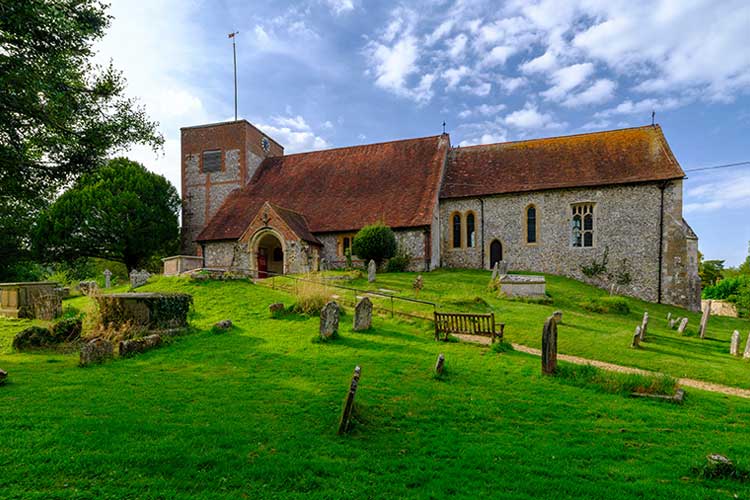
Whitewashed bridges lead into the village of Cheriton, which is bounded by tributaries of the River Itchen. The story goes that during the 19th century, the owners of Cheriton House – a gorgeous Georgian manor house set in historic gardens – painted the bridges white so that tired riders could find their way home. This is a village with plenty of narratives. A stained-glass mural hangs in the church commemorating a villager's four nephews, who all died in the First World War. A significant battle in the English Civil War was fought on the outskirts of the village in 1644 and the National Trust has created a footpath from the site to the nearby country house estate of Hinton Ampner. Today, Cheriton has a vibrant community which is centred around the primary school and the pub, Flowers Pots Inn and microbrewery. There's the family boutique vineyard Raimes producing English sparkling wine, and the South Downs Sourdough baking school. Incoming buyers are often young families who have made the move from London-to-Winchester-to-Cheriton, or people up- and downsizing within the village.
Lindsay Johnn, Director – Winchester
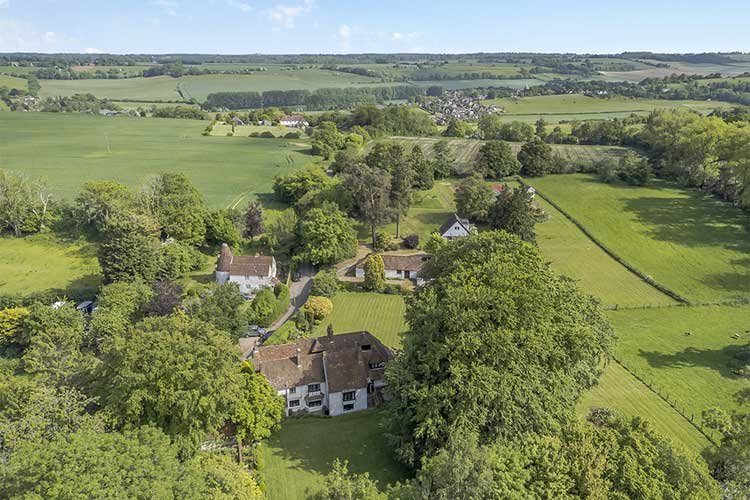
The enchanting village of Elham sits in the Elham Valley in the heart of the Kent Downs between Canterbury and Folkestone. A bucolic spot, the spire of the church (St Mary the Virgin) can be spied from miles around. It is famous for, and its residents are proud of, its connection to Audrey Hepburn. The icon, actress, and humanitarian lived there as a child for around three years. There is another historic claim to fame which dates back further. Legend has it that Charles II hid from Roundheads in the fireplace of the Abbot's Fireplace pub (temporarily closed). Built in 1450, the half-tile hung The King’s Arms fills the void, a destination pub which pulls punters in from far and wide. The housing stock is historic too, with timber framed properties dating back 500 years or so, along with Victorian homes and new build as well. Strutt & Parker is selling a 15th century country house in the valley for £1,875,000 which has a wealth of timber beams on display and was once home to Anthony Eden before he was prime minister. Buyers land here from London and commute back - taking the train from Folkestone or Canterbury. There is a primary school and a football club too.
Edward Church, Senior Director - Canterbury
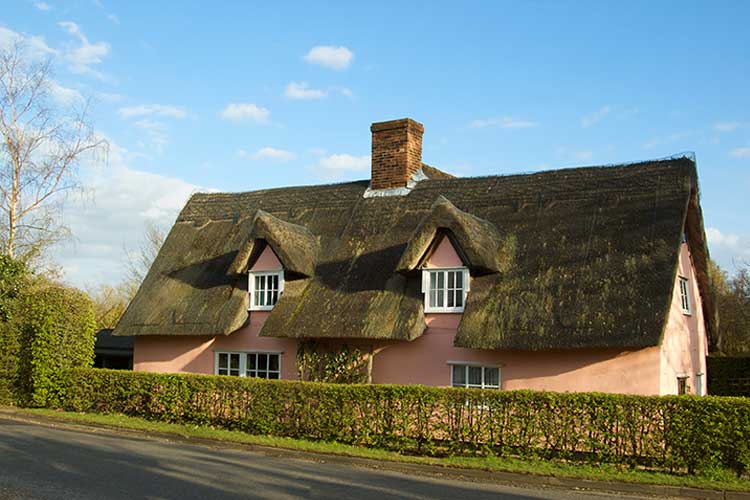
Suffolk, with its wild and varied landscape, is rich in stories of the supernatural. Debenham has its own spooky happening. In the Doomsday Book of 1086, there are two churches listed in the village. St Mary's – which still exists today – and St Andrew's. The tale goes that the ground opened and swallowed St Andrew's complete with population. Still in evidence today is Debenham's groaning stone, a domed volcanic rock sitting on the bed of the Derrybrook, a tributary of the Deben and the one of the oldest navigable fords in the country. Against this historic backdrop is a big and bustling community centred around its thriving high street full of independent businesses. There's coffee, cake and coworking desks at Brufords, a florist (Robbins), and jewellery and art on display and sale at the Spiral Gallery. Only two years ago the medieval pub the Red Lion – which had closed and been converted into a home in the late 1990s – was reclaimed as a pub and reopened as the Debenham Lion. Games night there is popular when villagers turn up with a board game underarm. Unusually, there is both a primary and secondary school in the village and home football matches at the leisure centre are an event. A three-bedroom cottage on the green could cost more than £500,000 and there are new build properties on the outskirts.
Sophia Fuller, Associate Director - Suffolk
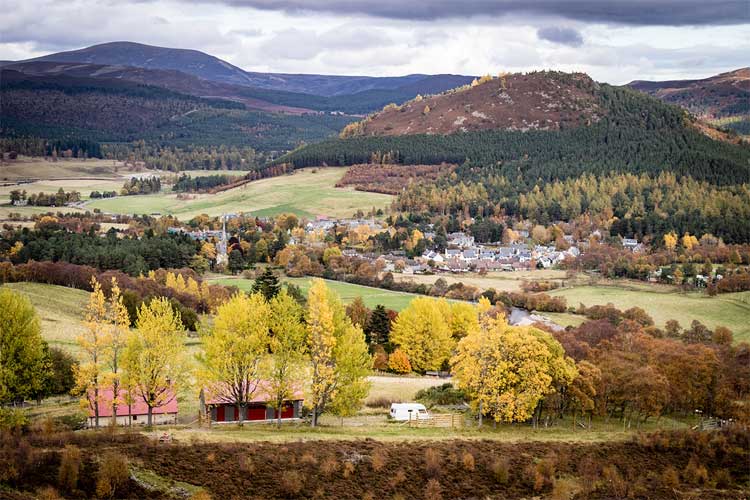
Nestled in the Cairngorms National Park in the heart of the Scottish Highlands is the village of Braemar. Framed by the mountainous surrounds, Braemar is on the Royal calendar. This ancient village is home to the annual Braemar Gathering and Highland Games, which King Charles is the patron of and is regularly attended by the Royal family. Some villages have community-purchased pubs or community-run shops, but Braemar has a castle rescued by its community. In 2007 when the 17th century structure (once a military garrison during the Jacobean risings) was at risk of closing, a benefactor and the community rallied to save it. It is now open to the public, has an outdoor learning centre, and is open for film shoots. Alongside the castle, locals are also restoring St Margaret’s, an arts and music venue which hosts a regular steam of events. With a B&B, a youth hostel and rooms at the renowned Fife Arms, this village welcomes tourists, walkers, and cyclists to the area. There are business which support the tourist trade and ensure this village is busy all year around with several coffee shops, including the Coffee Bothy Braemar, Hazelnut Patisserie, and the Chocolate Shop, as well as Tor Workshop. There is a small primary school too. Real ales are made at the Braemar Brewing Co, a wonderful nano brewery.
Annabel Blackett, Strutt & Parker
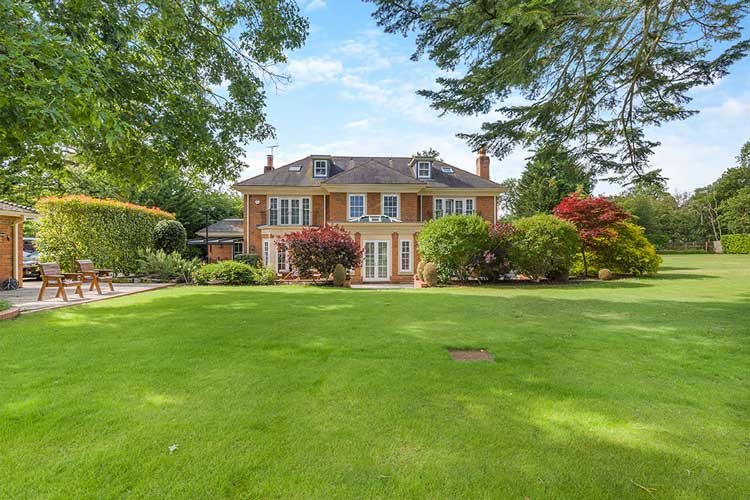
Fulmer has scooped Buckingham's ‘best kept’ village accolade several times. Bordered by a belt of green countryside, this pretty village is one of the few in this area entirely separated from the Greater London sprawl and from Gerrard's Cross. The centre of the small village is dominated by period cottages, all painted white, as dictated by an old deed. This is also a conservation area with its Jacobean St James's church at its heart, dating back to 1610. Next door, the award-winning pub The Black Horse was once a 17th century farm cottage. The village hall doubles up as the nursery, and also hosts drama groups, yoga classes and children's parties. The post box on the forecourt of the pub is painted gold to celebrate equestrian Sophie Christiansen becoming Britain's first triple gold medallist in the London Paralympic games 2012 – her horse had trained at Fulmer's South Bucks Riding School for the Disabled Association. Eminently commutable into the capital, it is only 2.3 miles to Gerrard's Cross, a six-minute drive or a 40-minute walk. Nestled in the valley of the Alderbourne River, at the top of the hill is the King George V playing fields – with football and rugby training and tennis courts. The largest properties in the Gerrard's Cross area tend to be on the outskirts of Fulmer and here a multi-million-pound price tags will buy land as well. Strutt & Parker is selling a modern country house in almost 9 acres for £4,750,000.
David Greathead, Associate Director – Gerrards Cross
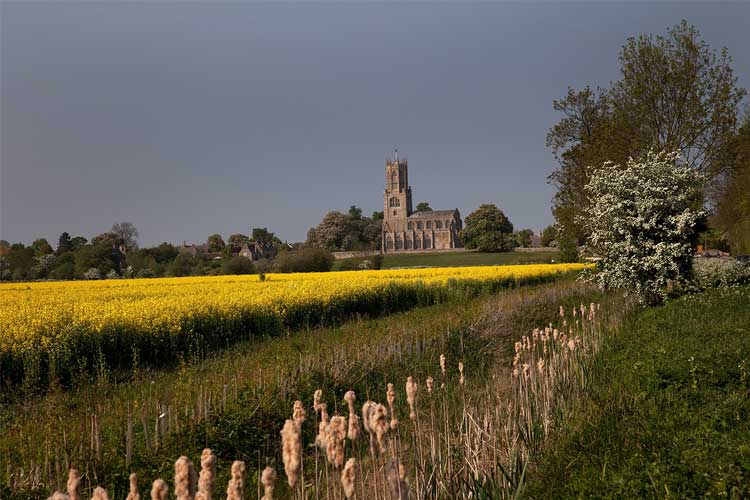
Just to the north of Oundle is the small village of Fotheringhay which has grown up around the famous Fotheringhay Castle and its now remaining ruins. Built in the 1100s, the castle was the birthplace of Richard III and a palace and prison from the 13th century onwards. It is also where Mary Queen of Scots was imprisoned and beheaded. Other (intact) historic structures form the cornerstones of this village. There's a handsome 18th century bridge and the Church of St Mary and All Saints, with its distinctive octagonal tower, which dates to 1434. It had strong links to the Yorkist cause in the War of the Roses and was where Richard III buried his father and brother. The Falcon Inn, which sells homemade Guinness cake and offers afternoon tea, has views across to the church, and there is an event space at the local hall. The one-street village is lined with honey-coloured sandstone cottages that would be at home in the Cotswolds. There's a bungalow on sale on the edge of Fotheringhay with three bedrooms for £550,000. This quiet but historically important village sits on the north bank of the River Nene and is close to a series of lakes and ponds well stocked for carp fishing.
Ed Brassey, Senior Associate Director – Stamford
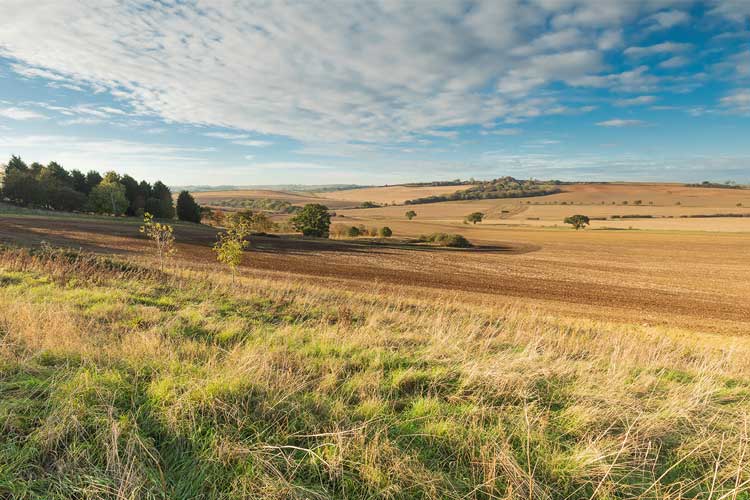
All Saints Church in Braunston has been rebuilt and restored many times but with plenty of clues pertaining to its historic roots. There are Norman responds in the chancel arch, a Norman south doorway, and the south arcade dates to the 13th century. In the circular churchyard is a piece of special interest – a sheela na gig in the base of the west tower. This was a stone-carved naked woman which experts date to somewhere between the 12th and 15th centuries. There are also traces of medieval drawings on the walls inside the church. The village school has evolved from its first iteration when it started from a donation of land from a wealthy landowner in 18th century to be used to educate poor children. The village hall has been going for a century and has Pilates, quilting club, table tennis, and gardening clubs on a weekly basis. The May Fayre is just around the corner too. The Blue Ball at Braunston, the oldest pub in Rutland, is a 17th century thatched country pub. The housing stock in the centre of the village is mostly stone-built cottages. It's a 40-minute drive into the centre of Leicester.
Ed Brassey, Senior Associate Director – Stamford